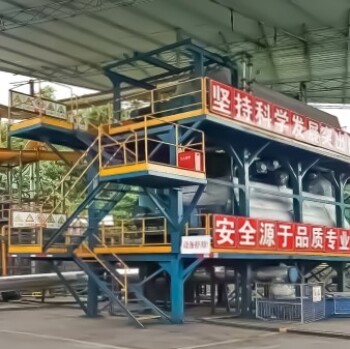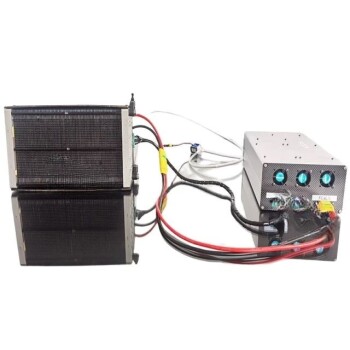The theory of biomass gasification is a thermochemical process that converts solid biomass into a gaseous fuel, primarily syngas, which consists of carbon monoxide, hydrogen, and carbon dioxide. This process occurs at high temperatures (650–1200 °C) in the presence of gasification agents such as air, oxygen, steam, or carbon dioxide. Biomass gasification is considered more efficient and environmentally friendly than direct combustion due to its higher heat efficiency and minimal emissions of pollutants.
Process Details:
-
Gasification Agents and Temperatures: The gasification process requires elevated temperatures and specific gasification agents. The choice of agent (air, oxygen, steam, or carbon dioxide) affects the composition and heating value of the resulting syngas. For instance, air gasification produces a low-calorific gas suitable for local combustion, while oxygen gasification yields a gas with higher heating value suitable for limited pipeline transportation and synthesis of other fuels.
-
Products and By-products: Biomass gasification is a poly-generation technology, meaning it can produce multiple products simultaneously. Besides syngas, other outputs include biomass charcoal, wood vinegar, and wood tar. This multifaceted output enhances the economic viability and environmental benefits of the process.
-
Environmental and Economic Advantages: Compared to direct combustion, biomass gasification significantly reduces emissions of pollutants like sulfur dioxide (SO2) and nitrogen oxides (NOx). Additionally, the integration of gasification with carbon capture and storage (CCS) technologies further enhances its environmental credentials by capturing and storing CO2, thereby reducing greenhouse gas emissions. Economically, the conversion of locally available biomass residues into valuable energy resources contributes to local economies and reduces dependency on fossil fuels.
-
Mechanism of Gasification: The process involves the partial oxidation of biomass at high temperatures, which breaks down the complex organic molecules into simpler gases. A key reaction in this process is the water-gas shift reaction, where carbon monoxide reacts with water to produce carbon dioxide and additional hydrogen, enhancing the hydrogen content of the syngas.
-
Applications and Limitations: The syngas produced can be used directly for heating or converted into other fuels like diesel or gasoline through processes such as Fischer–Tropsch synthesis. However, the low energy density of some syngas types limits their suitability for pipeline transportation. Despite the high initial investment required for gasification technologies, especially when integrated with CCS, the long-term benefits in terms of environmental impact and energy efficiency make it a promising technology for sustainable energy production.
In summary, biomass gasification is a sophisticated thermochemical process that offers a sustainable and efficient method for converting biomass into valuable gaseous fuels, contributing to both environmental protection and economic benefits.
Discover the future of sustainable energy with KINTEK SOLUTION, where we power innovation in biomass gasification. Embrace our cutting-edge technology and join the revolution in converting biomass into clean, high-efficiency syngas. Explore our comprehensive range of gasification solutions today and unlock a world of possibilities for clean energy production. Your journey to a greener future starts here with KINTEK SOLUTION!











